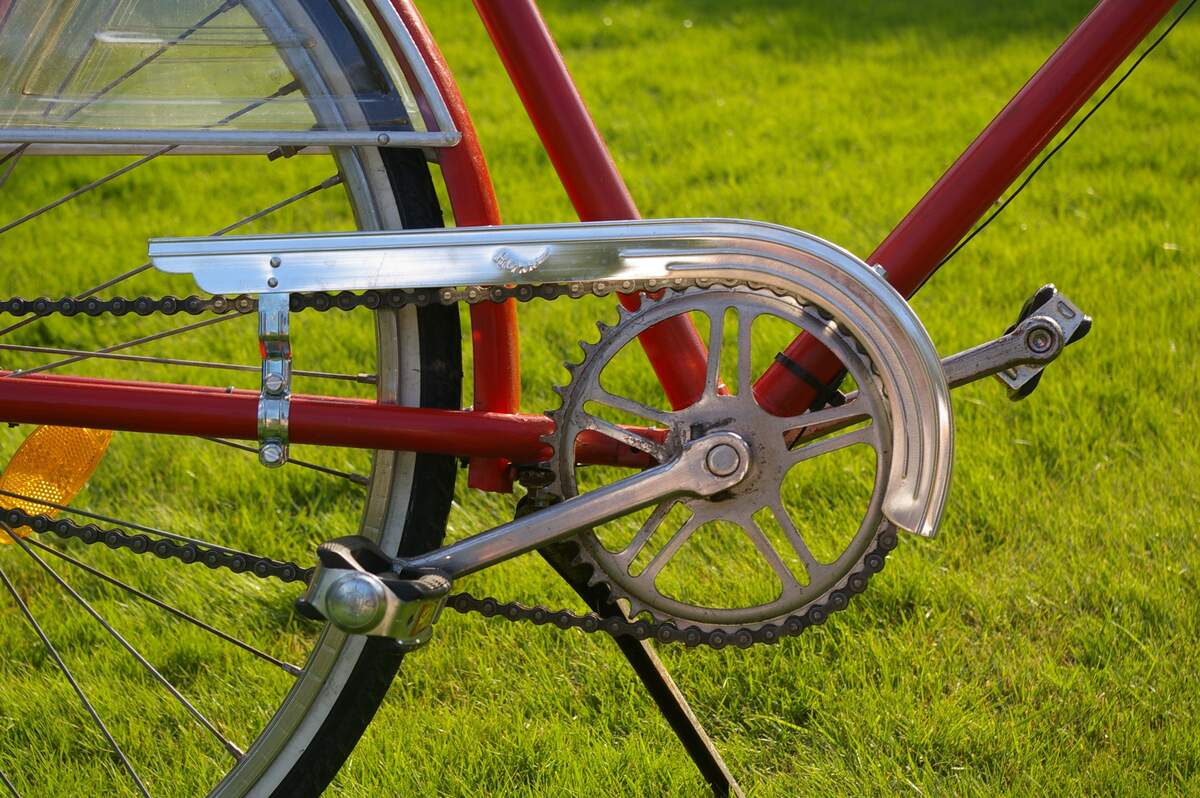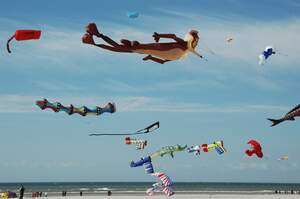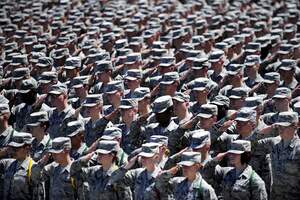

Bicycle Day
Observed
annually on April 19th (since 1985)
Dates
Founded by
Thomas B. Roberts in 1985
Tags
Drugs & Alcohol
Health & Wellness
Hobbies & Activities
Weird & Obscure
Hashtags
Sources
Bicycle Day celebrates the discovery of lysergic acid diethylamide 25, commonly known as LSD, and takes place on the anniversary of the first planned acid trip. On April 19, 1943, Albert Hofmann, a researcher at Sandoz Laboratories in Basel, Switzerland, purposely ingested .25 milligrams (250 micrograms) of LSD at his lab. He thought this would be the threshold dose—the lowest amount taken where there are still effects—when in reality the threshold dose for LSD is only 20 micrograms. But what does a bicycle have to do with the day?
Within an hour, Hofmann began to notice changes in his perception and senses. He decided that he should go home, so he hopped on his bicycle and began riding. Because the drug was already greatly affecting him, he had his laboratory assistant help guide him to his house. At times during his bicycle ride, he thought he was going insane, thought his neighbor was a witch and thought the LSD had poisoned him. He later wrote in LSD: My Problem Child, "On the way home, my condition began to assume threatening forms. Everything in my field of vision wavered and was distorted as if seen in a curved mirror. I also had the sensation of being unable to move from the spot. Nevertheless, my assistant later told me that we had traveled very rapidly." Needless to say, his bicycle ride was quite a trip.
A doctor arrived at his home to check up on him and found nothing unordinary with him besides dilated pupils. The doctor reassured Hofmann he would be okay. Upon hearing this, Hofmann's feelings began to change. He began enjoying the colors and shapes he was seeing, which were a kaleidoscope of circles and spirals. His experience showed that the psychoactive drug could shift consciousness at low doses. Hofmann thought that because of its introspective quality it could be used psychiatrically, but he didn't foresee it being used recreationally.
Although it was on Bicycle Day that Hofmann first consciously took LSD, he had experimented with it in the past. He had first synthesized it on November 16, 1938, at Sandoz. At the time, he had been studying a medicinal plant called squill, and the fungus ergot. He was trying to synthesize ingredients to be used in pharmaceuticals. In particular, he was trying to make a respiratory and circulatory stimulant. He did not know the LSD he synthesized had psychedelic properties at the time, and he set it aside until 1943. On April 16, three days prior to Bicycle Day, he unwittingly experienced the effects of the drug when he was crystalizing a batch of it and absorbed some of it through his fingertips. It was this experience that convinced him to purposely take the drug three days later.
In 1985, Thomas B. Roberts, who was a professor at Northern Illinois University in De Kalb, Illinois, came up with the term Bicycle Day and had the first celebration of it at his home. A few years later, he sent out an announcement for the day that one of his students had put together, which brought the day to a wider audience. He originally wanted to hold the event on April 16—the date of Hofmann's accidental trip—but it was a weekday and he instead chose April 19, which was a Friday, and the anniversary of Hofmann's first planned acid trip.
In the mid-1950s, research of LSD began taking place at major American medical centers. Psychologists wondered if the drug would be helpful with psychotherapy and they began conducting experiments, using the two together. Experiments were done with those with personality disorders and on those suffering from alcoholism. Experiments were also done with artists, to track their mental deterioration as they aged, and to see if the drug boosted creativity. There was also secret government research done with LSD. The CIA's MK-ULTRA project explored pharmaceutical mind control from the 1950s thru the '70s, and LSD was its centerpiece. Testing of LSD began to decline after Sandoz stopped making it in 1965, over concerns from others that the drug was becoming too widespread with the general populace. Scientific study and research of the drug pretty much ended by 1980, but before this, it was prescribed to some 40,000 patients and was the subject of scientific papers, books, and six international conferences.
Public use of LSD began when some psychiatrists, academics, and other medical professionals began taking it recreationally and sharing it with their friends. One noted example of this was Timothy Leary, who came to believe that the availability of the drug should be widespread and that it had the potential to revolutionize society. In contrast, some early users thought it should have restricted use. By the mid-1960s it became illegal and was listed as a Schedule I substance.
The idea that LSD could raise consciousness became more widespread as the 1960s progressed, and it was the psychedelic drug of choice from the mid-1960s until the early '70s. It became associated with hippies and with psychedelic rock musicians such as the Grateful Dead. Author Tom Wolfe wrote The Electric Kool Aid Acid Test, showing its use in the mid-1960s. The book followed author Ken Kesey and his Merry Pranksters on their Psychedelic bus, "Further." Around the same time, films that focused on LSD and hallucinogens were released, including Hallucination Generation, The Trip, and Psych-Out.
LSD began decreasing in popularity and availability in the mid-seventies. It made a bit of a comeback in the 1980s with the emergence of MDMA (ecstasy). It was associated with the punk and goth subcultures at the time, and then with the acid house and rave subcultures in the 1990s. A large raid at a lab in 2000 lessened its availability, but its availability and use began to rebound by the end of the decade.
How to Observe Bicycle Day
We're not going to encourage you to drop acid, and certainly not going to encourage you to do so and then ride a bike, but if you decided to do so it would be the closest thing to how the first Bicycle Day was marked. For those who want to abstain for illegal substances, there are plenty of ways to celebrate:
- Ride your bike!
- Some cities have events on the day. For example, there is an official event held in Los Angeles each year. Check for events in your community!
- Read LSD: My Problem Child, The Electric Kool-Aid Acid Test, The Psychedelic Experience, or Storming Heaven: LSD and the American Dream.
- Watch Bicycle Day, Hallucination Generation, The Trip, or Psych-Out.





















